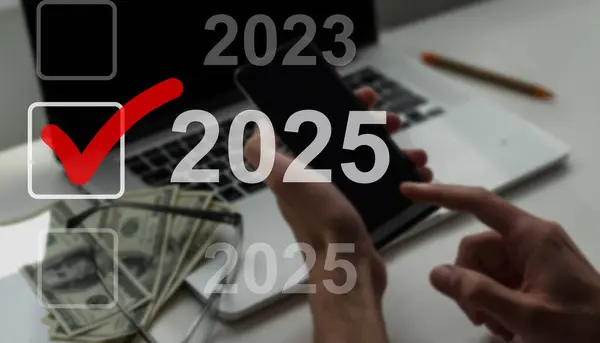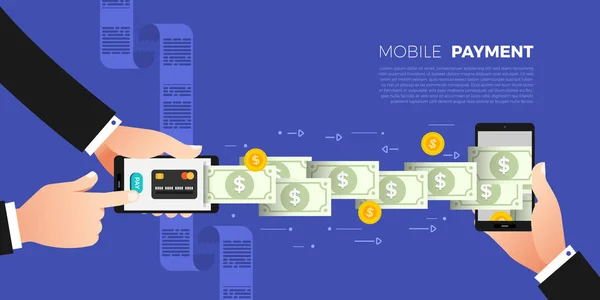As technology swiftly reshapes the world, the money we use is not immune to this continuous evolution. The next decade promises a radical change in the way we perceive and use money, marked by the rise of digital currencies and innovative payment systems. This article will take a deep dive into the future of money, exploring the opportunities, conveniences, and challenges that lie ahead.
1. Looking Ahead: Overview of the Future of Money

The future of money is digital. Fueled by advancements in technology, the way we transact, transfer, and store money is undergoing a dramatic transformation. Traditional financial institutions are faced with a new breed of competitors: tech-savvy financial startups and disruptive technologies. These changes are driving a shift towards a future where cash is less relevant, and digital transactions become the norm.
The future financial landscape will feature increased use of cryptocurrencies, mobile banking, and advanced payment systems. Tech giants like Google, Facebook, and Amazon are making strides in the fintech sector, bringing their innovative solutions and large user bases. Meanwhile, central banks worldwide are exploring the idea of issuing their digital currencies, a clear sign of the changing times.
In addition to these changes, the nature of investing is also evolving as digital assets like Bitcoin and Ethereum become more mainstream. The advent of decentralized finance (DeFi) offers a new way to conduct financial transactions, using blockchain technology to eliminate intermediaries. This digital revolution promises to make financial services more accessible, efficient, and inclusive.
2. Paving the Way: Digital Currencies and Blockchain Technology

Blockchain technology and digital currencies are at the forefront of the financial revolution. Bitcoin, the first cryptocurrency, introduced the world to a new form of money that is decentralized, transparent, and operates beyond national borders.
Since then, thousands of cryptocurrencies have emerged, each with its unique features and uses. Ether, Ripple, and Litecoin are just a few examples. These digital currencies offer several advantages over traditional money, including faster and cheaper cross-border transactions, increased privacy, and protection against inflation.
Blockchain, the technology underpinning these digital currencies, promises more than just a new form of money. Its ability to provide transparent, secure, and immutable records has implications far beyond finance. It has potential uses in areas such as supply chain management, healthcare, real estate, and more.
3. The Cashless Reality: Advancements in Online Payment Systems

The move towards a cashless society is already well underway, driven by the rise of online and mobile payment systems. Companies like PayPal, Square, and Stripe have revolutionized the way we send and accept payments, offering solutions that are fast, convenient, and user-friendly.
Advancements in technology have also paved the way for contactless payments and mobile wallets. Near Field Communication (NFC) and Radio Frequency Identification (RFID) technologies enable users to make payments by simply tapping their smartphone or card on a reader. This shift towards contactless payments has been further accelerated by the COVID-19 pandemic, which has spurred consumers and businesses to seek safer, touchless payment options.
In emerging markets, mobile money services like M-Pesa have become a lifeline for millions of people without access to traditional banking services. These developments indicate that the future of money lies not just in high-tech cryptocurrencies, but in practical and accessible solutions that meet the needs of people worldwide.
4. The Rise of Digital Wallets: Convenience at Your Fingertips

Digital wallets are another key component of the digital money revolution. They offer the convenience of storing all your payment information in one place, making it easy to pay online or in-store. Some digital wallets also let you store loyalty cards, concert tickets, boarding passes, and even identity documents.
Apple Pay, Google Wallet, and Samsung Pay are prime examples of digital wallets that serve millions of users worldwide. Other players like Venmo and Cash App have transformed peer-to-peer payments, enabling users to send and receive money with just a few taps on their smartphone.
Digital wallets don’t just offer convenience; they also offer potential cost savings. For instance, some digital wallets offer rewards and cashback on purchases, while others allow users to invest their balance in stocks or cryptocurrencies.
5. Overcoming Challenges: Security and Fraud Risks in Digital Money

While the digital money revolution brings numerous benefits, it also comes with challenges. Security and fraud risks are arguably the most significant obstacles to widespread adoption.
Cyber-attacks and data breaches pose a genuine threat to digital wallets and online banking platforms. Cryptocurrencies, despite their security features, are not immune to theft and scams. Furthermore, the anonymous nature of cryptocurrencies can facilitate illegal activities, raising concerns among regulators.
On the other hand, financial institutions and fintech companies are investing heavily in cybersecurity measures to protect their users. Technologies such as biometric identification, multi-factor authentication, and advanced encryption are becoming standard features of digital financial services.
6. Final Thoughts: What to Expect in the Next Decade of Money’s Evolution

Looking ahead, we can expect the digital revolution to continue reshaping the financial landscape. Cryptocurrencies and blockchain technology will likely gain more acceptance as their benefits become more evident, and their challenges are addressed.
Digital wallets and online payment systems will become even more integrated into our daily lives, offering a level of convenience and efficiency that traditional banking cannot match. With advancements in technology, these services will become more secure, user-friendly, and accessible to people worldwide.
However, the journey towards a fully digital financial system will not be smooth or straightforward. Regulators, financial institutions, and consumers alike will need to navigate the complexities and challenges that come with this new era of money.
In conclusion, the future of money is promising and full of opportunities. The next decade will see innovative technologies and services reshape the globe’s financial landscape. As the world embraces this digital revolution, the way we perceive and use money will be radically changed for the better.



I think blockchain technology will change more than just finance.
Curious about how traditional banks will adapt to these changes.
Security risks in digital money need serious attention from companies.
The future of money sounds exciting with digital currencies taking over!
Interesting to see how central banks might issue their own digital currencies.
Decentralized finance offers new ways to handle transactions without intermediaries.
Cashless payments are so convenient; I’m excited for what’s next.
Digital wallets are really handy for storing payment info and more.
Contactless payments became a must during the pandemic, glad they’re here to stay!
Mobile money services like M-Pesa are crucial for people without traditional banking access.